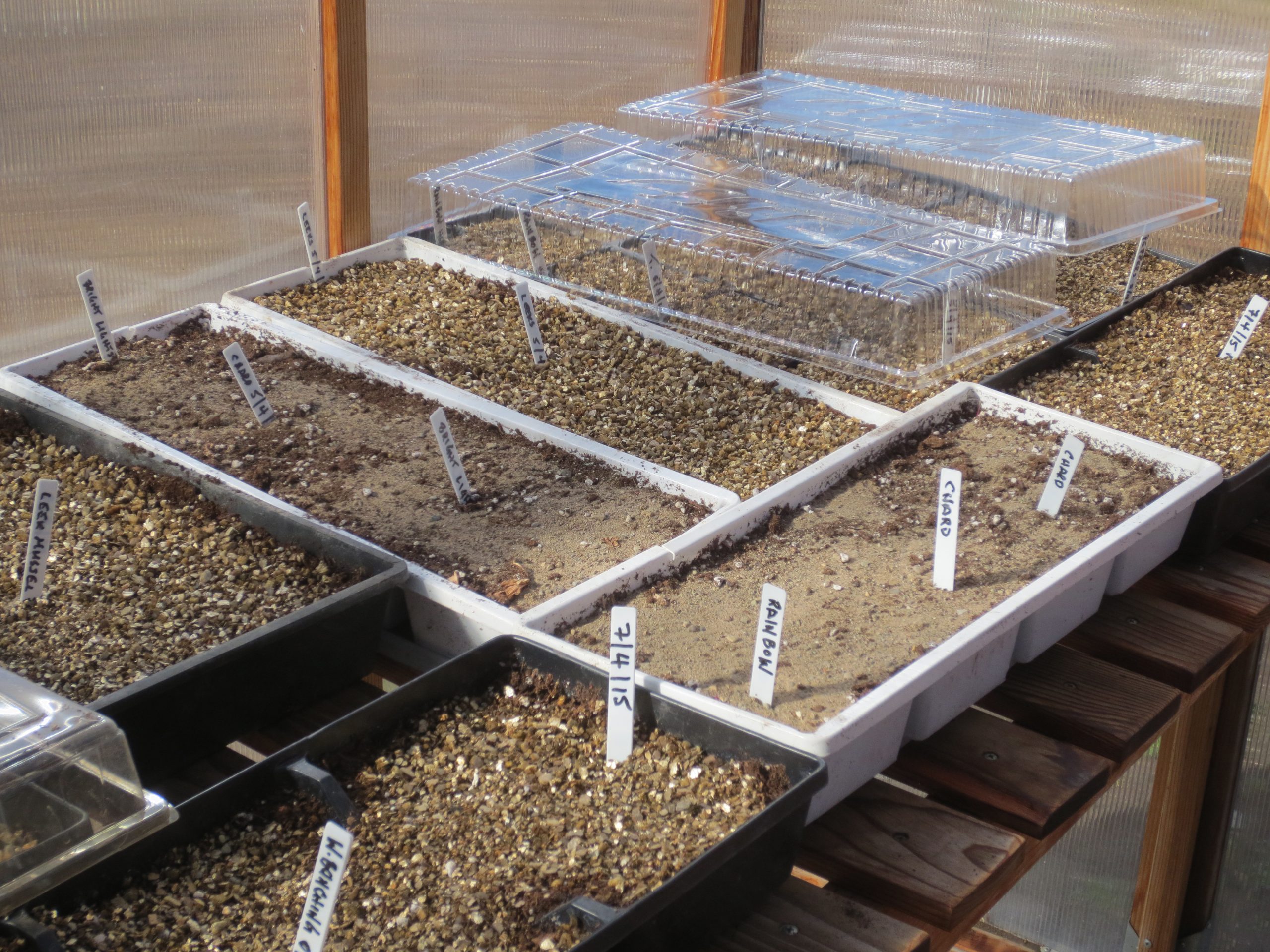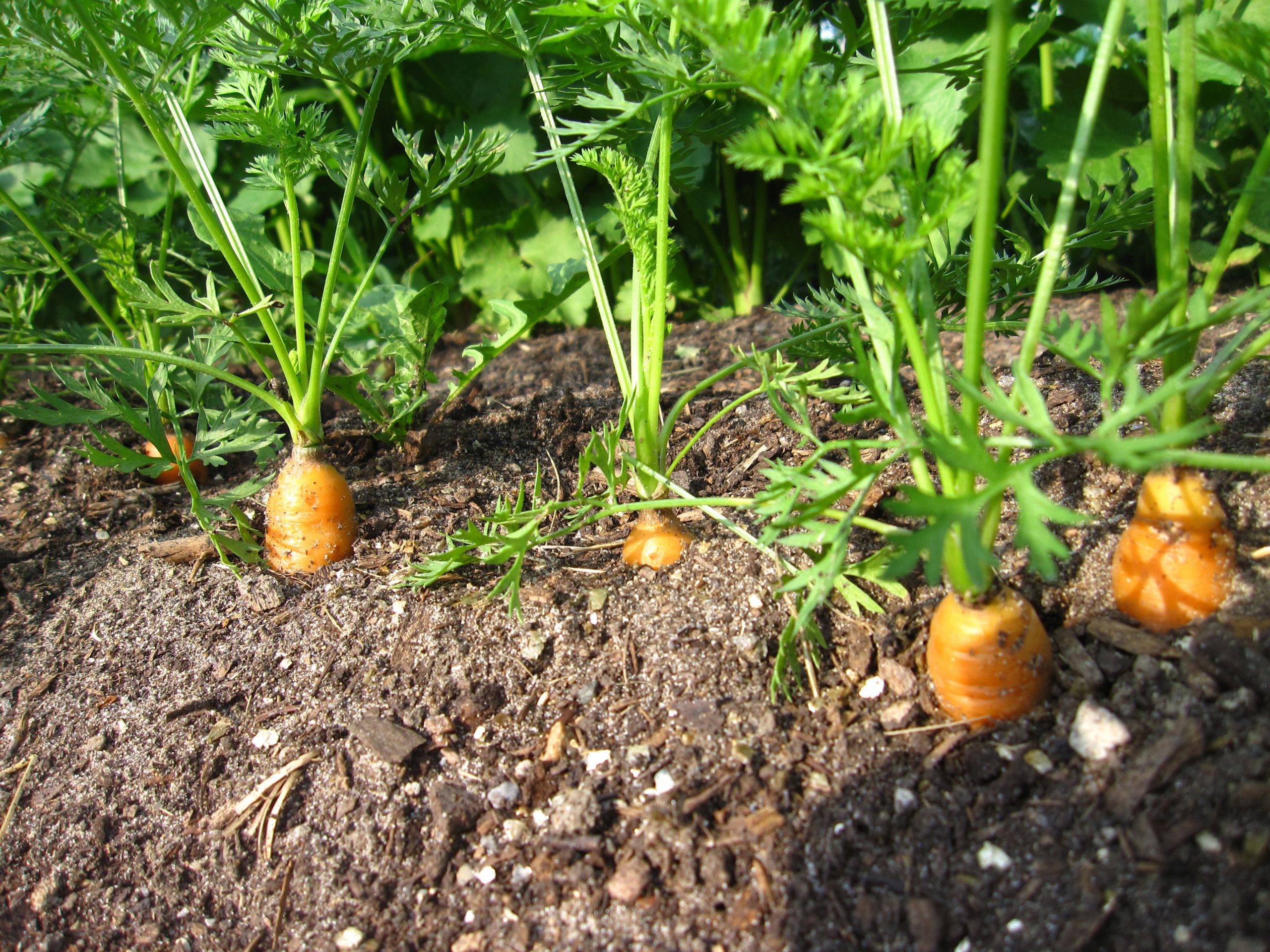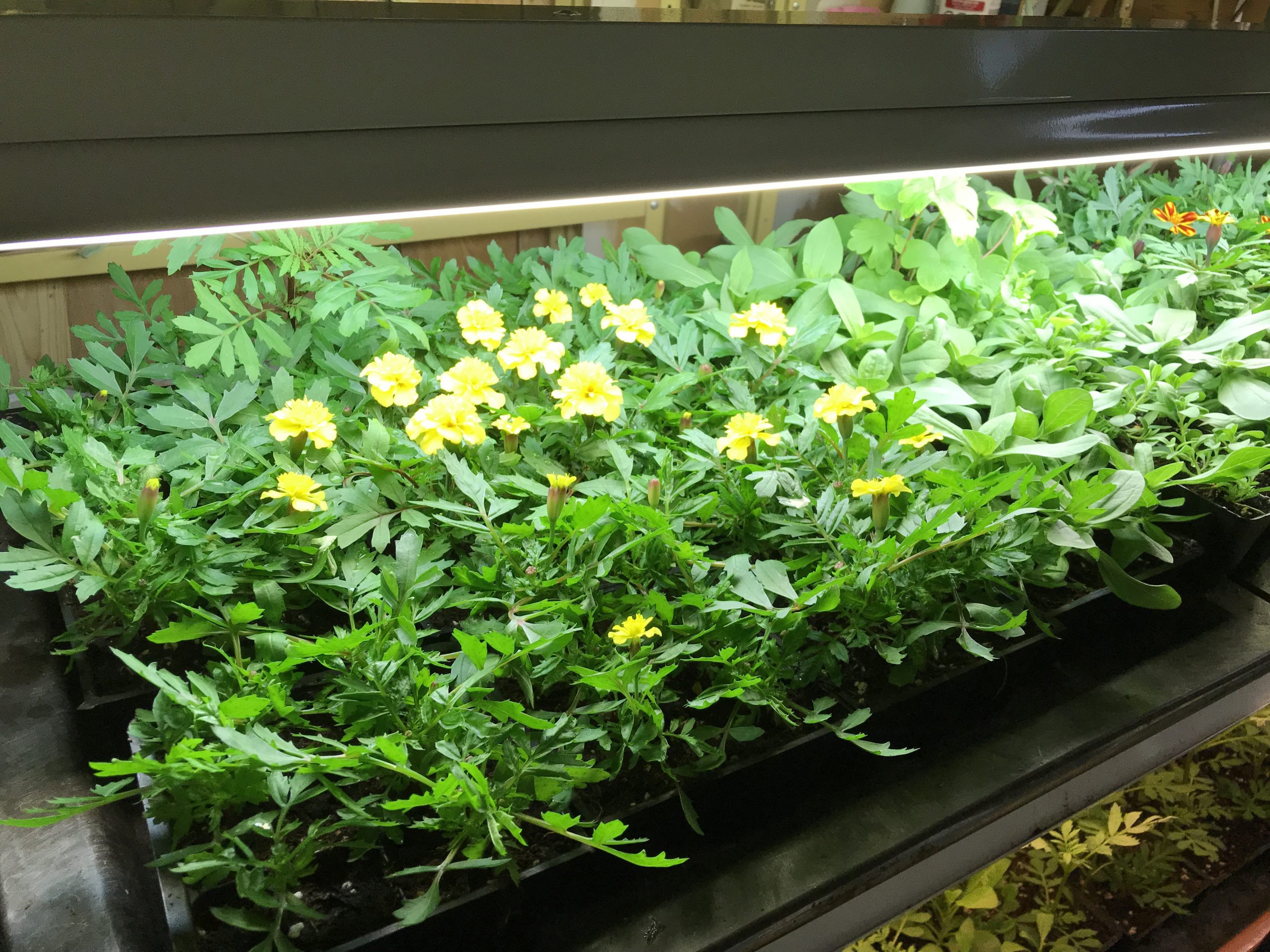Seedy Business
By Mark and Ben Cullen
Right now, sunshine and longer days are the gardener’s best friend.
Come what may in the human world of social distancing and hand sanitizing, the earth continues to tilt on its axis and spring is coming.

That means that we can now start seeds indoors. Inside a dried-up little package, we call a seed, there is an embryo waiting to be set free. All we must do is create the right environment for it to swell, sprout and grow.
There are two ways of approaching this topic: you can purchase the supplies that are available at every garden retailer or you can be creative about scrounging around the house in search of reasonable substitutes.
What you need:
To start seeds indoors you need:
– A sunny window (south or west facing are best).
– Soil, seed starting tray or pots and of course seeds. And water.
If you are trying to avoid a trip to the store, seeds can be found online from countless sources. Choose a local source and chances are you will receive your purchase in a few days. For this reason, we recommend avoiding ordering from the States, where border control can slow down the flow of seeds into Canada.
Seed starting trays are generally plastic, which washes well and is sterile. We keep a generous supply from year to year and wash them in a solution of one-part ammonia to 10 parts tap water. A good scrub and the job is done.
Egg crates work well too. Most are a paper product that absorbs water. Place a plate under them to avoid the obvious mess of water leaking through the bottom. If you use Styrofoam egg crates, poke a hole in the bottom of each cell for drainage.
You may have an old bag of soil tucked in a cupboard somewhere that will do the job very nicely. We don’t fuss too much about using “seed and cutting mix”, but if you are buying soil for this purpose, it works best as it provides drainage and holds moisture in the right proportions.

If you are inclined to make your own seeding medium, mix equal parts of clean sand, peat moss and potting soil together. We always add one-part worm castings to 10 parts soil for best results.
Now is the time to sow many seeds indoors. These include:
Veggie garden: tomatoes, peppers, eggplant, leeks, Swiss chard, kale, Brussels sprouts, cabbage, cauliflower (all the “gassy” vegetables) and onions from seed.
Note that many vegetables grow best when seeded directly into the garden or a patio/balcony pot when temperatures reliably reach above freezing. These include cucumbers, melons, pumpkins, corn, beans and the like. More about these next month.
Meantime, you can sow some frost-hardy seeds outdoors directly in the soil. We recommend carrots, onion sets (red and white), beets, peas, broccoli, potatoes, salad mixes (including choy and kale) and parsnips.

Flowers: We are starting our marigolds, petunias, alyssum, cosmos, pansies, snapdragon and geraniums (from seed or cutting) now. You can sow calendula directly in the soil now.
Our #1 tip for success is to water seeds well BUT allow the surface of the soil to dry before you apply water again. This is especially true for young seedlings. Once sprouted, they are susceptible to a disease called damping off, which is promoted by overwatering.

It is a lot of fun for kids to experience the growth of seeds. For youngsters, we recommend “fool proof” and fast-germinating seeds like sunflowers, beans (bush or runners), zinnias and cosmos. However, practically speaking, it is a bit early for the fast-growing seeds as they may be long, leggy and a little large to handle come planting time in late May or early June.
Don’t let that stop you from having fun with them right now and sharing with kids of every age. The most you might risk is the cost of a few seeds and some time.
As days get longer, as they inevitably will, sowing any of the fast germinating seeds directly in the ground in 6 to 8 weeks will make perfect sense. We use Veseys chart of ‘frost free dates’ to help us plan when to begin planting directly in the ground. https://www.veseys.com/ca/canada-hardiness-zones-frost-dates



